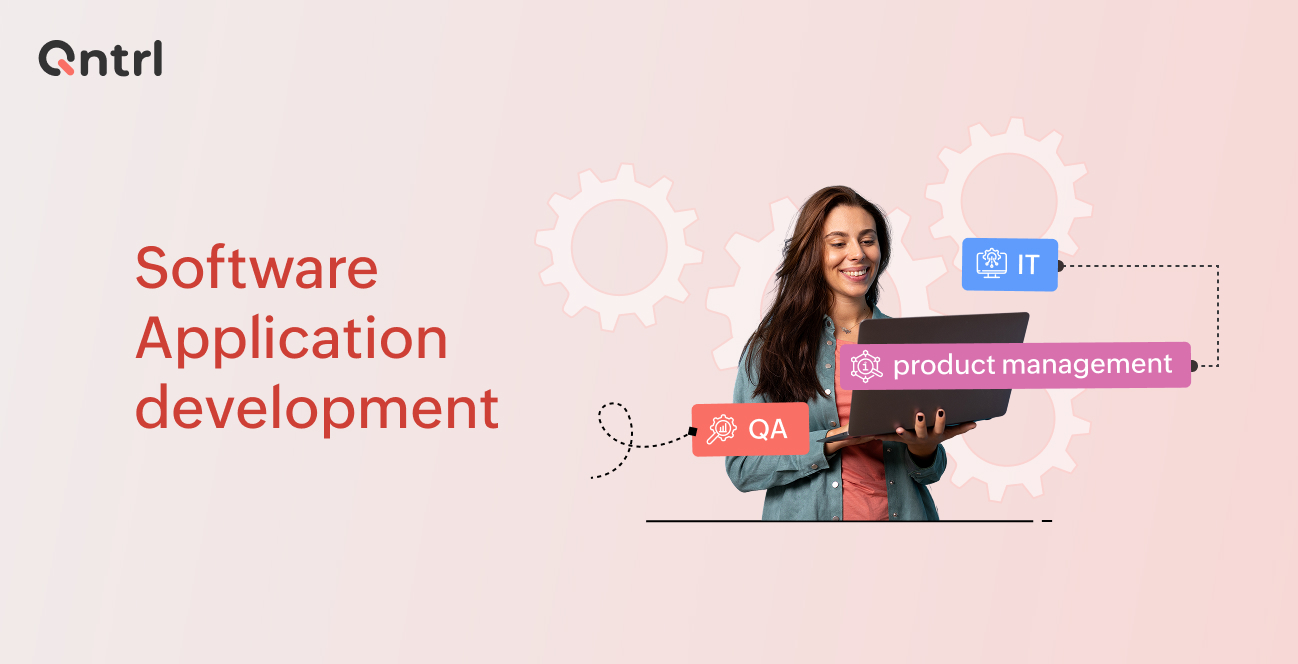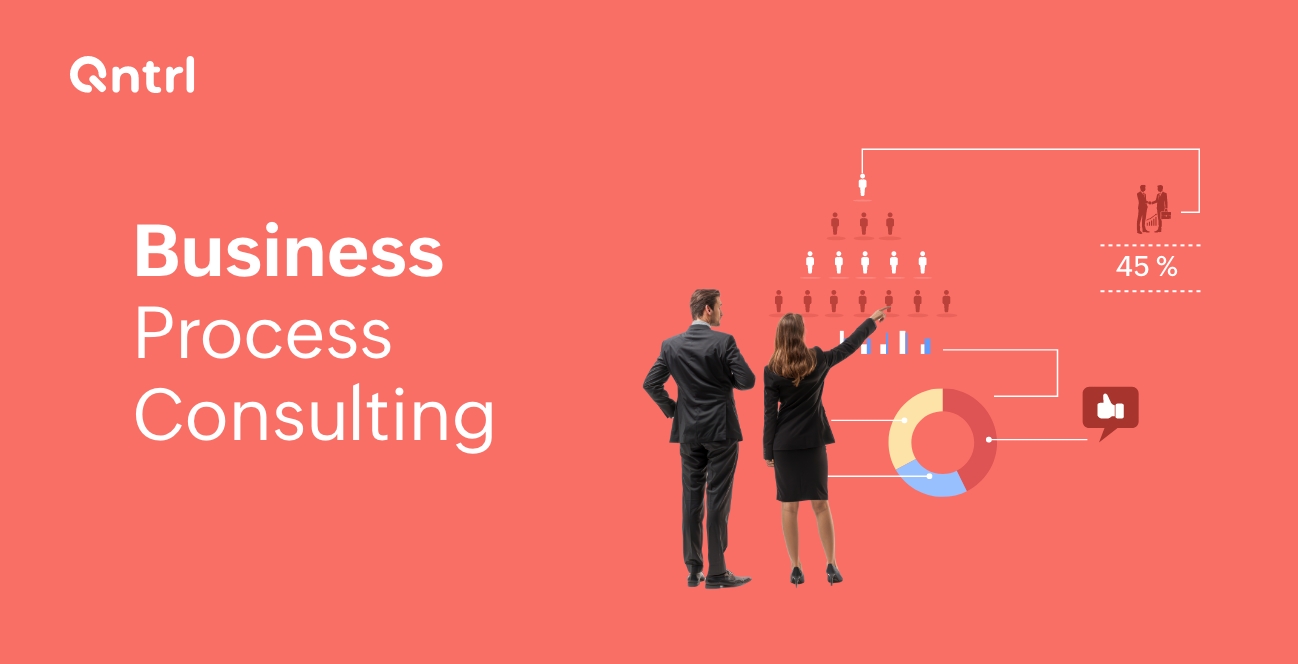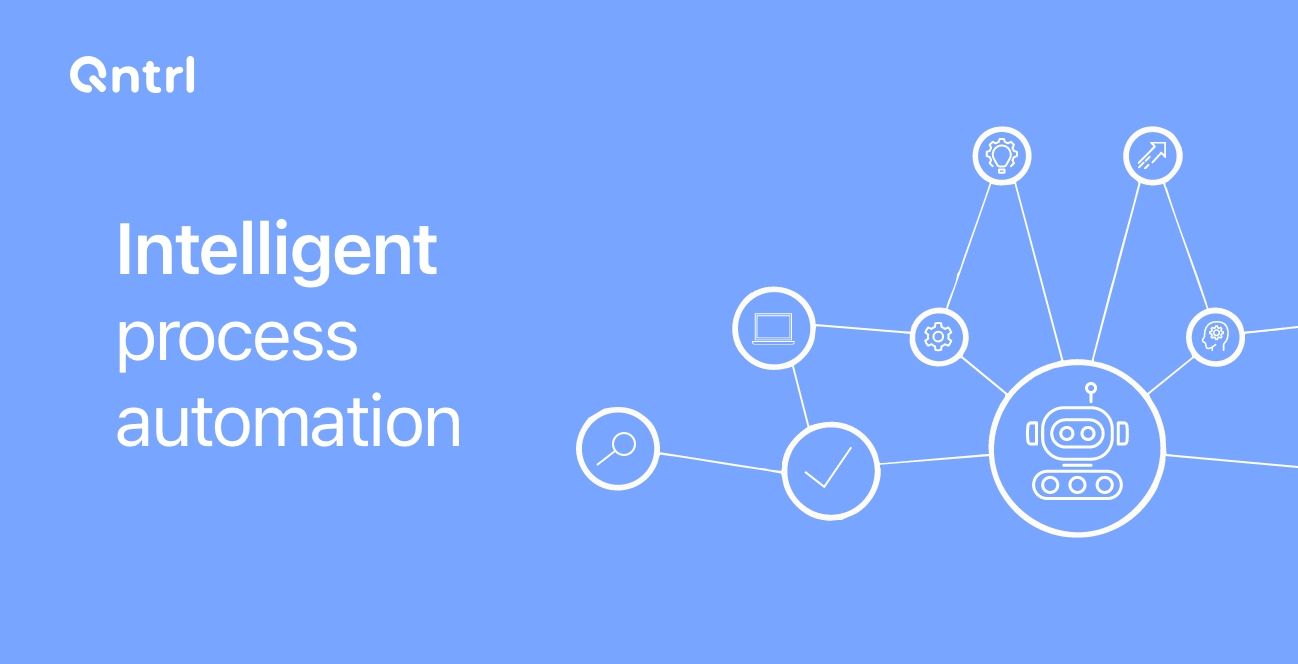Business process, what are they?

A business process can be summed up as a collective of assignments, actions, and workflow layouts performed by a group of individuals directly involved in achieving an organizational outcome. These business processes are often meticulously crafted, customized, and target-specific to cater to the organization's unique needs.
Are business processes advantageous?
Business processes are simply the blueprint for how a business is run. They exist to achieve organizational goals by orienting activities into a structured, repeatable sequence. These processes define clear inputs and outputs, enabling businesses to track performance, identify inefficiencies, and forecast outcomes with greater accuracy.
By standardizing and building upon existing workflows, business processes establish a framework that ensures consistency and broods familiarity in how tasks are performed and when specific work is completed. This clarity improves efficiency and fosters better communication and accountability within teams.
Most importantly, well-defined processes provide a scalable foundation for building other value-added tasks, allowing organizations to handle increased workloads or expand operations without compromising quality or performance. They are the cornerstone of long-term growth, operational stability, and sustainable success.
Various kinds of business processes
Core operational processes
Core operational processes are organizational activities that are critical for creating value and/or generating revenue. Examples of these processes include manufacturing products, the order-to-cash workflow, and delivering customer goods or services. They are the primary source of customer satisfaction and business success.
Supportive processes
Supportive processes provide the necessary infrastructure and assistance for core processes to function smoothly. While they don’t directly generate revenue, they are indispensable for internal efficiency and collaboration. Examples include HR activities like hiring and onboarding, financial management, and administrative operations that ensure a seamless workflow environment.
Strategic and management processes
Strategic and management processes oversee the planning, execution, and optimization of both core and supportive workflows. Following the strategy's establishment, organizations move on to the implementation phase.
Here, they are goal-oriented, focusing on analyzing opportunities, addressing challenges, and ensuring continuous improvement. These processes include activities like strategic planning, performance monitoring, and quality control, which help organizations remain agile and competitive.
Customer-focused processes
These unique processes are built to enhance customer satisfaction and build long-term relationships. Starting with customer support workflows that streamline ticket resolution, provide timely updates, and ultimately establish proactive communication channels.
These processes ensure that businesses address customer needs effectively, address real-time problems quickly, and build trust.
Procurement and contract management processes
Procurement is complex, and each step has its own rhythm of difficulties. Addressing procurement and contract management can be an issue if they are not regulated to dot “i’s” and cross “T’s.” Procurement usually involves acquiring goods and services and managing agreements with vendors or partners.
These processes are often digitized through tools like e-procurement systems or contract lifecycle management software. They streamline approvals, reduce costs, ensure compliance, and provide better visibility into supplier relationships and purchasing activities.
How to build a business process in 6 simple steps
Identify the objective
Define the purpose of the process and how it aligns with your business goals.
Map out the steps
Break down the process into clear, logical steps to ensure every task is accounted for.
Assign roles and responsibilities
Determine who is responsible for each step and set expectations for accountability.
Select tools and resources
Choose the tools, systems, or resources needed to streamline and support the process.
Test and refine
Run the process on a small scale, gather feedback, and make necessary adjustments.
Implement and monitor
Roll out the process organization-wide, track its performance, and continuously improve.
Key benefits of well-defined business processes
Align tasks with business goals
This ensures that all efforts are purposeful and aligned with strategic objectives by helping to identify and prioritize tasks that directly contribute to your organization’s overarching goals.
Boost operational efficiency
A structured approach eliminates redundancies, reduces bottlenecks, and ensures resources are used effectively, leading to smoother workflows and better overall productivity.
Enhance communication across teams
Establishing clear processes can help businesses create streamlined communication channels between teams, departments, and functions, reducing misunderstandings and fostering better collaboration.
Ensure accountability through approvals
Well-defined workflows have checkpoints and approval mechanisms that promote accountability, optimize resource allocation, and guarantee that every task meets the required standards.
Maintain order and prevent chaos
A standardized set of processes prevents disorder by offering a clear roadmap for completing daily tasks, making operations predictable, manageable, and scalable.
Establish consistent procedures for key activities
Standardizing critical workflows ensures consistency, improves reliability, and allows your organization to replicate success across similar tasks or projects.
Key terms related to business processes
Business process management (BPM)
A structured approach to analyze, optimize, and improve organizational processes.
Example: Using BPM to streamline customer onboarding by identifying bottlenecks and automating document approvals.
Business process mapping
Creating detailed diagrams to visualize and understand how workflows and their related processes operate.
Example: Mapping the sales order process to identify redundant steps and improve order accuracy.
Business process automation (BPA)
Leveraging technology to perform repetitive and complex tasks with minimal human intervention.
Example: Automating payroll calculations to eliminate manual errors and save time.
Business process standardization
Establishing a uniform way to complete processes consistently for better efficiency.
Example: Implementing a standardized procedure for contract approvals across all departments.
Business process reengineering (BPR)
Radically redesigning workflows to achieve significant improvements in performance.
Example: Reengineering the logistics process to integrate real-time tracking and reduce delivery times.
Automating business processes
Building an efficient process is essential for driving business growth. Organizing tasks and workflows into a structured process is the first step to achieving efficiency, but the greatest gains typically come from business process automation.
Reflecting back
Using low-code BPM, business technologists and developers can be enabled with easy-to-use tools for optimizing and automating workflows. This approach ensures IT control but also agility, which is important for most businesses and teams.
You likely are dependent on a Rolodex of technologies to automate processes to meet your specific needs. Core functions like sales, marketing, and customer service are already managed with an ERP system or similar solution. However, other processes are also increasingly managed with low-code automation software.
Enjoying your reading?
Enjoy organization and visibility too!
Qntrl can help you organise, control and improve production and projects in your team.







